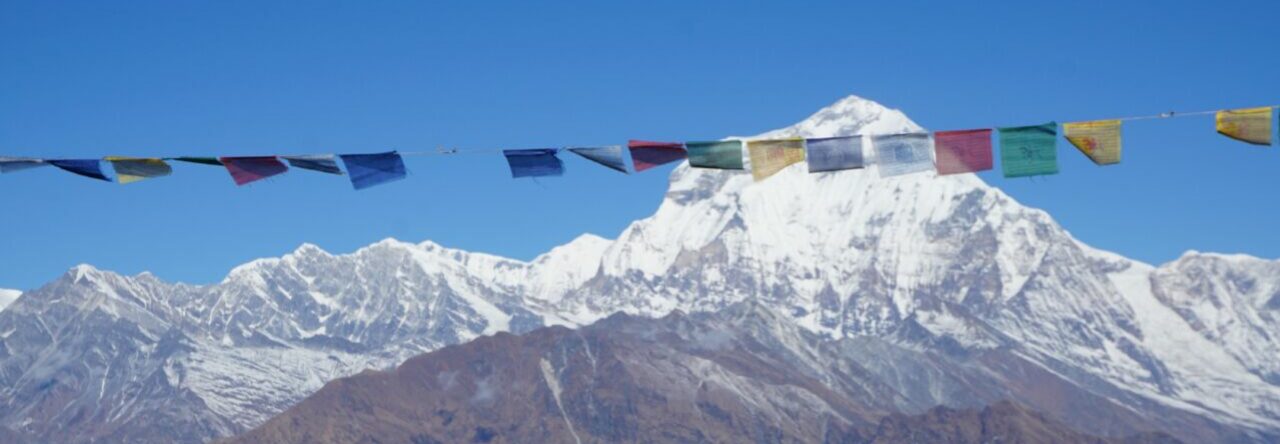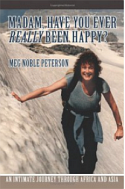July 21-22, 2017
Our days were filled with hiking and birding, as well as more practical activities like washing clothes and cooking.
(Click on photo to start slide show)
Bogie and Tuul took off on a birding expedition, so I decided to do my own exploring in the afternoon, climbing a steep hill behind the campsite. It was exciting to be in Kazakh territory! From the ridge I could take in a vast panorama, and watch groups of animals wander by me, while I absorbed the stillness.
When Bogie returned, we started on the evening meal, knowing there would be many visitors from the nearby gers eager for tea, food, and company. I especially enjoyed the complicated making of dumplings, which looked to me like the Tibetan mo-mos I had eaten on previous trips to Dharamsala.
We interacted with some of the same people as the previous evening and, of course, Bogie had to submit to a wrestling rematch with one of the nomads! The man had been sitting around with Algaa much of the afternoon, waiting for Bogie’s return. He lost the contest, again, but, as usual, it was very friendly, reminding me of the enthusiasm with which my young sons used to challenge each other to displays of manly strength over the years. There seems to be a competition in the male that doesn’t quit at any age, and there’s no stopping him. Here is one of the many videos I took over the next few days.
While waiting for dinner I enjoyed listening to Bogie’s recordings of quartets by the Mongolian composers, Jantsan Norov, and Byambasuren Sharav. Lively, plaintive, and, at times, sad. I was also introduced to the music of the pop singer, Javhlan. What an amazing range! Check him out on YouTube. He is now a member of parliament and fighting for Mongolian mining rights, which are being usurped by several western countries. At the airport, when I arrived in Mongolia, I met several Canadian men whose companies were extracting these precious metals. This is an ongoing controversy.
That evening a patrol car came by, driven by a border guard. He was clearly upset that we had stayed an extra day. It only took a few dumplings and some heavy schmoozing on Bogie’s part to ameliorate the situation, but it spoiled our evening plans. By 10:30 I retired, although it was still light.
In the morning I was awakened by a loud mooing. I was sure it was a cow wanting to be milked, but, instead, it was a huge bull. I peered from my tent, not wanting to get in his way as he thundered and roared around the campsite, finally departing for more fertile grounds!
As we were taking down the tents, Algaa threw a few morsels of meat to the birds…possibly vultures. They were huge and black. I can never remember which of the big birds is which! Here is my attempt to take a video of them circling.
Today we headed back in the direction of Olgii. As I’ve mentioned before, the Tavan Bogd region is the western-most part of Mongolia and straddles the border between Mongolia, Russia, and China.
 In late morning, not far from another lake, we suddenly came upon a very barren stretch of land in which were worn statues and sharp black perpendicular rocks in rows, near large piles of stone. They were Turkic and Tuvan stone men and stone burial mounds, solitary standing stones, and Kazakh cemeteries. Probably commemorating high officials. These relics range in size from two to six feet in height and can weigh several hundred pounds. But we only saw small mounds and stone images. Faces, hands, tools, and other features are carved into the rock. The stones, and other blank monoliths, are usually a part of massive stone complexes that serve as either burial sites or shamanistic temples. In fact, in 2006 at one burial mound in Bayan-Olgii, the complete mummified remains of a Scythian warrior and horse in full battle armor was escavated.
In late morning, not far from another lake, we suddenly came upon a very barren stretch of land in which were worn statues and sharp black perpendicular rocks in rows, near large piles of stone. They were Turkic and Tuvan stone men and stone burial mounds, solitary standing stones, and Kazakh cemeteries. Probably commemorating high officials. These relics range in size from two to six feet in height and can weigh several hundred pounds. But we only saw small mounds and stone images. Faces, hands, tools, and other features are carved into the rock. The stones, and other blank monoliths, are usually a part of massive stone complexes that serve as either burial sites or shamanistic temples. In fact, in 2006 at one burial mound in Bayan-Olgii, the complete mummified remains of a Scythian warrior and horse in full battle armor was escavated.
The statistics vary widely as to the number of such sites in Mongolia. Some say there are as many as 400 and they date back to the Stone Age, and others give 700 AD as their origin. It was fascinating to walk among these isolated artifacts of a bygone era.
We decided to have lunch near a rough-hewn bridge over the Kovd Gol River. It was also near a checkpoint where we stopped to show our passports, since we were very close to the Russian border. It was just a formality, because there were almost no cars and few people touring in the area.
The landscape for the rest of the afternoon was varied and unusual. One time we were going between massive hills that gave me the feeling of pyramids. The rows of grass and rocks looked almost like steps encircling the great structure and often there would be rocks, like cairns, piled on the top. Other mountain ranges reminded me of a row of one-humped camels, black and foreboding, as nighttime approached.
We camped way off road in a charming spot next to one of the small streams leading into a lake. It wasn’t far from the village of Sagsai, where we had met the eagle hunter.













































